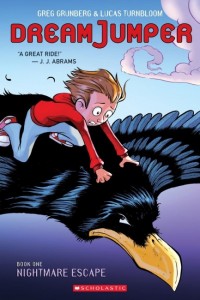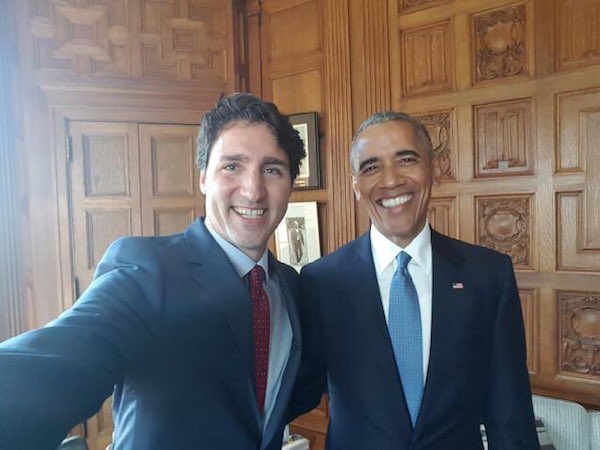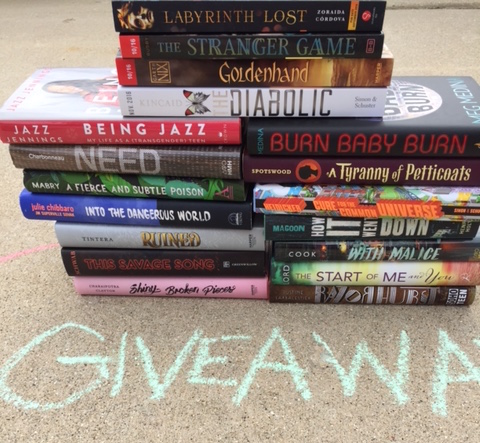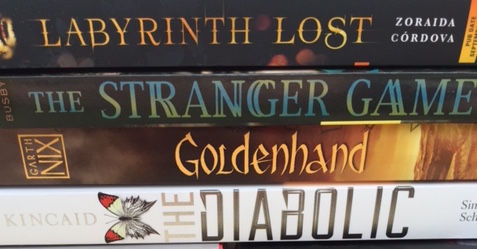Hello YA Readers!
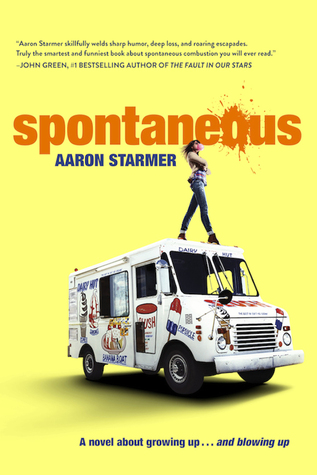 This week’s “What’s Up in YA?” newsletter is sponsored by Spontaneous.
This week’s “What’s Up in YA?” newsletter is sponsored by Spontaneous.
Mara Carlyle’s senior year is going as normally as could be expected, until—wa-bam!—fellow senior Katelyn Ogden explodes during third period pre-calc. Katelyn is the first, but she won’t be the last teenager to blow up without warning or explanation. As the seniors continue to pop like balloons, smart and hilarious Mara narrates the end of their world as she knows it. But within an explosive year punctuated by romance, quarantine, lifelong friendship, and the hope of making it to graduation lies a funny, super honest, and truly moving story of being a teenager and the heartache of saying goodbye.
At the tail end of last month, the New York Times ran an article by Ginia Bellafante which many readers found to be somewhere between good enough and forgettable enough — perhaps in part because it is a pretty innocuous piece, save for the fact that some readers were irritated by the article’s accompanying image (consider that foreshadowing).
The longer I’ve thought about the piece, though, the more frustrating it becomes. Let’s break this down bit by bit and closely read what it is Bellafante is really saying.
The piece begins with talking about growing up in the suburbs and reading Judy Blume’s iconic Are You There God?: It’s Me, Margaret. It then proceeds to highlight a couple more early YA authors, including Paul Zindel (The Pigman, among others) and Norma Klein (Domestic Arrangements, among others). But then there’s this paragraph:
For women who grew up in the 1970s and early ’80s — nurtured in the fictions of Ms. Blume, Paul Zindel and Norma Klein among others, writers for whom an urbane brand of social realism was the only reasonable métier — the arrival of the “Twilight” franchise a decade ago, with its enormous success, signaled a gloomy period of regression for the young-adult novel.
And so, the references to Twilight begin. Like any good YA article about ten years past prime, this piece references a mega successful franchise as the beginning of the downfall for young adult fiction. But what stands out is not the tired argument of Twilight being the ruin of YA; what stands out is that Bellafante notes that it’s middle age women who saw the franchise as the downfall of the YA novel.
In other words: not teenagers.
A distinct product of Bush-era gender politics rather than a renunciation of them, the series ultimately has its heroine forfeit a chance to go to Dartmouth to stay home and tend to her half-vampire baby, one conceived after a night of violent sex that leaves her body bruised with a husband who is at least 100 years old.
There was a piece not too long ago, one referenced in this here newsletter, about how YA is too liberal, offering no space for readers whose belief systems don’t fall into left-leaning politics. And yet, here’s an argument that Twilight, with the huge success it had, helmed by a woman who is Mormon, is problematic because it doesn’t reject the American politics of 2005. Because it’s not prescriptively against something, it’s for it, apparently.
It can’t be a vampire book, and it can’t be a book that launched deep and meaningful reading lives for thousands and thousands of young readers.
Rather than digging into the big books of this year, though, the article dives right into contemporary times:
Now, though, the appetite for paranormal lunacy has abated, and issue-driven fiction set very much in a universe of urbanism’s chief concerns is having a renaissance.
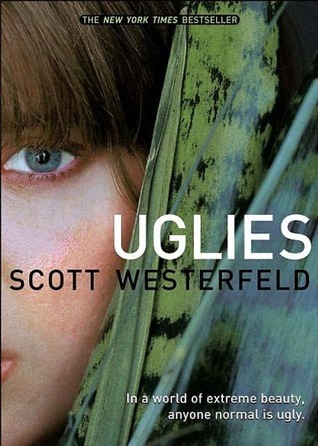 I’m going to ignore the phrase “paranormal lunacy” because it’s reductive and patronizing, but it’s curious how there are over 10 years of YA history ignored here. And not only are the years 2005 – 2015 ignored, there is no discussion of what else was going on in 2005 besides Twilight. Those of us who’ve been around long enough or who have been involved in the YA world for a good chunk of time realize that Twilight wasn’t a mega hit the minute it landed. It took time, the right marketing, the book getting into the right hands, and the era of the time being fruitful for such a success.
I’m going to ignore the phrase “paranormal lunacy” because it’s reductive and patronizing, but it’s curious how there are over 10 years of YA history ignored here. And not only are the years 2005 – 2015 ignored, there is no discussion of what else was going on in 2005 besides Twilight. Those of us who’ve been around long enough or who have been involved in the YA world for a good chunk of time realize that Twilight wasn’t a mega hit the minute it landed. It took time, the right marketing, the book getting into the right hands, and the era of the time being fruitful for such a success.
And it’s curious that these books — many of which were also big hits of 2005 and well beyond — are not mentioned at all:
Uglies by Scott Westerfeld
Looking for Alaska by John Green
Elsewhere by Gabrielle Zevin
The Lightning Thief by Rick Riordan (middle grade, but with tremendous crossover appeal to YA readers)
13 Little Blue Envelopes by Maureen Johnson
The Boyfriend List by E Lockhart
The Book Thief by Marcus Zusak
Life As We Knew It by Susan Beth Pfeffer
Keeping You a Secret by Julie Anne Peters
Autobiography of My Dead Brother by Walter Dean Myers
As well as books in continuing series by Meg Cabot (yes, The Princess Diaries!), Holly Black, Christopher Paolini, and others. Some other familiar authors who published books in 2005 include David Levithan, Celia Rees, Ron Koertge, Adele Griffin, Robin Wasserman, and Caroline B. Cooney.
 To reduce the downfall of YA to one book and one year is to ignore the wealth of talent and good reading happening at the same time, in the same place, under the same historical and political conditions.
To reduce the downfall of YA to one book and one year is to ignore the wealth of talent and good reading happening at the same time, in the same place, under the same historical and political conditions.
This week, “All American Boys,” a novel by Jason Reynolds and Brendan Kiely, an outgrowth of the Black Lives Matter movement, appears on The New York Times’s best-seller list for young-adult books. The story follows the beating of an innocent black child by a white police officer who thinks he has stolen a bag of chips.
Here’s the pivot: Bellafante moves from the downfall of YA through Twilight in 2005 to today’s growth of contemporary, modern issues like Black Lives Matter. She continues:
In a similar vein, “The Hate U Give,” to be released early next year, chronicles the story of a 16-year-old prep-school girl who witnesses a police officer shoot her unarmed best friend. A movie version of the novel, by Angela Thomas, is already in progress. And right now, prominently displayed at Barnes & Noble in Downtown Brooklyn, is “Bright Lights, Dark Nights,” a novel about racial profiling set against the backdrop of drugs and violence.
Ah ha. This is really an article about urban-set fiction about black teenagers and racial profiling.
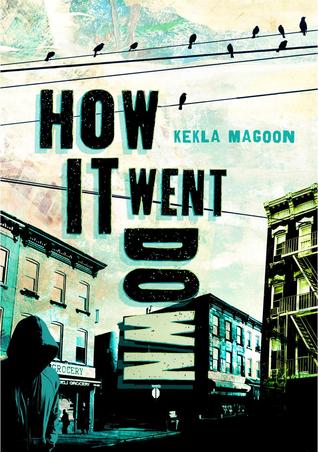 The recent upheavals in the economy stemming from the financial crisis, the rise of racial tensions and the increased animosity toward immigrants that the current election cycle has fed and exposed have arguably made this new catalog inevitable. The world has intruded in the lives of children in so many ugly ways.
The recent upheavals in the economy stemming from the financial crisis, the rise of racial tensions and the increased animosity toward immigrants that the current election cycle has fed and exposed have arguably made this new catalog inevitable. The world has intruded in the lives of children in so many ugly ways.
But are these books so new? Is this an entirely new catalog? Where’s mention of Kekla Magoon and her book How It Went Down?
Consider this: in 2005, as well as before and well after, we had authors writing about urban realities for teenagers. We had the great Walter Dean Myers, for one, as well as Coe Booth (Tyrell, etc), Jaime Adoff (The Death of Jayson Porter), Sharon Draper (The Battle of Jericho and others), Sharon Flake (The Skin I’m In), Angela Johnson (First Part Last), Jacqueline Woodson (After Tupac and D Foster), and a slew of books from imprints like Dafina and KTeen, which focused on black teens in urban stories.
Let’s not forget, either, there were white writers telling these stories, too, including folks like Paul Volponi (Black and White) and Paul Griffin (Stay With Me).
In some sense these new realist novels are even grittier than their predecessors from the 1970s, even though children, especially in New York where crime rates were so high, faced greater perils then. The classic young-adult novel of that period typically dealt with characters managing the fracture of American family life — divorce, a mother’s new boyfriend and so on — but those characters most often enjoyed the comforts of middle-class life. Norma Klein’s Manhattan was as sophisticated as any Woody Allen would devise. Children today may finally be resisting the elusive insulation we crave for them.
Children have had access to books and story tellers interested in coming of age realism, as well as urban grit, since the beginning of YA. Even in those horrible years between the emergence of Twilight and today, authors wrote these stories, and readers — teenagers — found them, either through their own searching or the help of gatekeepers.
But what’s going unsaid here is the thing that needs to be said: these books were never written for nor marketed to those middle age white ladies who are now discovering these gritty, urban coming-of-age stories thanks to better marketing and placement in bookstores. These books were never “for” them in the first place, and even in today’s market where adult buyers make up the majority of YA book purchases, these books are not “for” them. Rather, it’s thanks to the nonstop hard work of those behind diversity movements (a phrase I loathe because “diversity” is simply reality) who are getting more of these books at the forefront of bookstores and into the minds of those readers, like Bellafante, who never once had to pick up books like these.
Let’s step back again, though, and consider what this piece says: back in the 70s and 80s, grit was written by white people.
Today, it’s being written by authors of color.
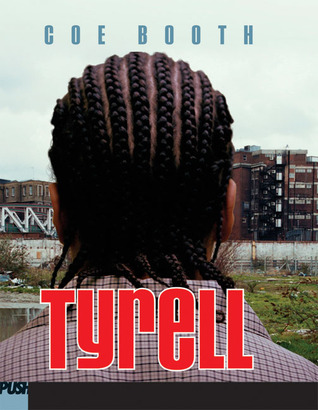 Both are sweeping over generalizations about what grit is and is not, and it overlooks the rich history of YA grit that’s been written before and will continue to be written. It’s thanks to the work of Myers, of Woodson, of Flake, of Draper, and of the other authors listed above who’ve been writing “urban set gritty stories” that parallel the eras and times in which they wrote that today’s authors doing gritty, urban-set fiction are able to tell their stories, too.
Both are sweeping over generalizations about what grit is and is not, and it overlooks the rich history of YA grit that’s been written before and will continue to be written. It’s thanks to the work of Myers, of Woodson, of Flake, of Draper, and of the other authors listed above who’ve been writing “urban set gritty stories” that parallel the eras and times in which they wrote that today’s authors doing gritty, urban-set fiction are able to tell their stories, too.
So sure, Twilight mirrored the gender politics of 2005 and the Bush era. But Twilight was not the only YA book out then; it was one of many, many hundreds of YA books, and one that chose to zig, rather than zag with the times. Likewise, it’s a book about white characters written by a white author. It cannot and should not be the standard of YA for one year, nor for an era. It’s a bubble which got great marketing and got lucky.
Not to mention that it did extremely well with middle class white ladies, the exact audience that gritty YA isn’t written toward.
Now if only I could better explain why a picture of a white coauthor is paired with this piece that is distinctly about black authors and black fiction, rather than any of the black writers mentioned.
____________________
I can’t help but link again to an interview done here earlier this year with YA author Brandy Colbert. The books we’re seeing promoted and discussed by and about black people are excellent and important and it is, without question, about damn time they’re getting table placement and big discussions about them in places like The New York Times.
But what about those books by black authors that aren’t gritty, urban-set stories? What about those black teens who are suburban? Who are also coming-of-age, but perhaps have lives that aren’t gritty (or that are gritty but not in the way we associate “gritty” with “inner city”)? These books deserve their time, too.
____________________
Thanks for hanging out again for another edition of “What’s Up in YA?”. If nothing else, I hope this piece helped further open your reading lives to a wealth of fiction and authors of color who deserve your attention and consideration, even if they aren’t brand new (or if they are!). It’s worth noting that the majority of authors noted above have a nice, thick catalog of reads, even though they aren’t all mentioned or linked to.
We’ll see you again next week.
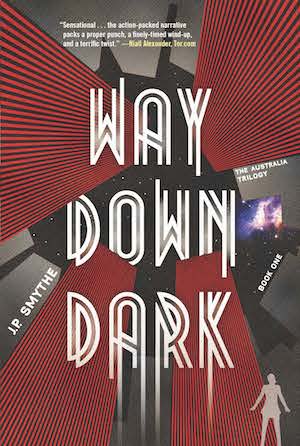
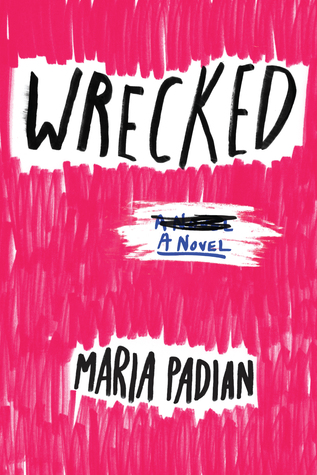
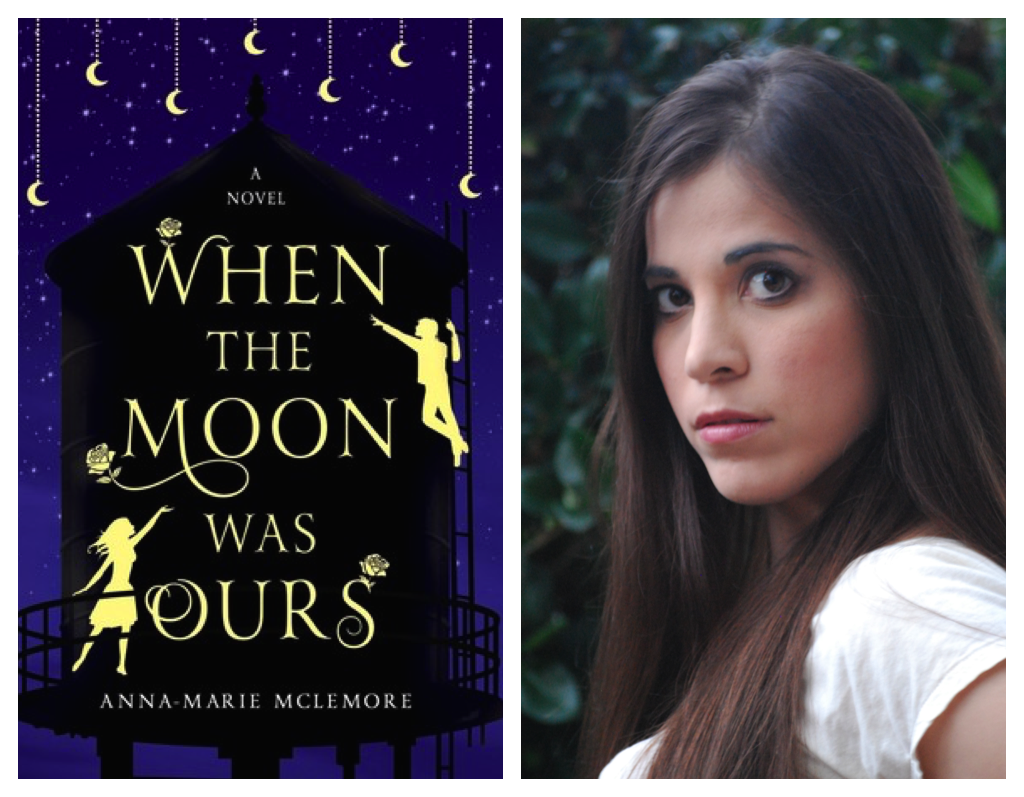
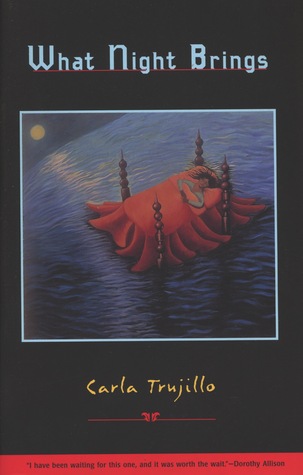 The first novel by a queer Latina author I can remember reading is Carla Trujillo’s
The first novel by a queer Latina author I can remember reading is Carla Trujillo’s 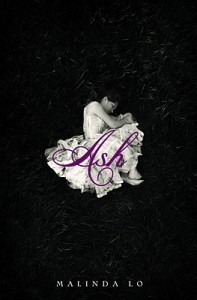 When it comes to YA, Malinda Lo was the author who drew me into the idea that there was room for the stories of queer women of color.
When it comes to YA, Malinda Lo was the author who drew me into the idea that there was room for the stories of queer women of color. 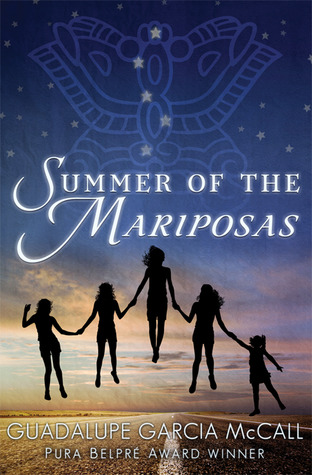 One of the most classically depicted moments of magical realism I’ve ever found in YA is in Guadalupe Garcia McCall’s
One of the most classically depicted moments of magical realism I’ve ever found in YA is in Guadalupe Garcia McCall’s 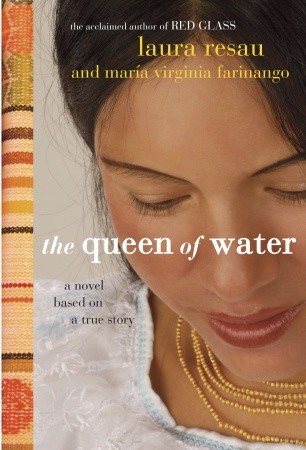 Maria Virginia Farinango and Laura Resau’s
Maria Virginia Farinango and Laura Resau’s 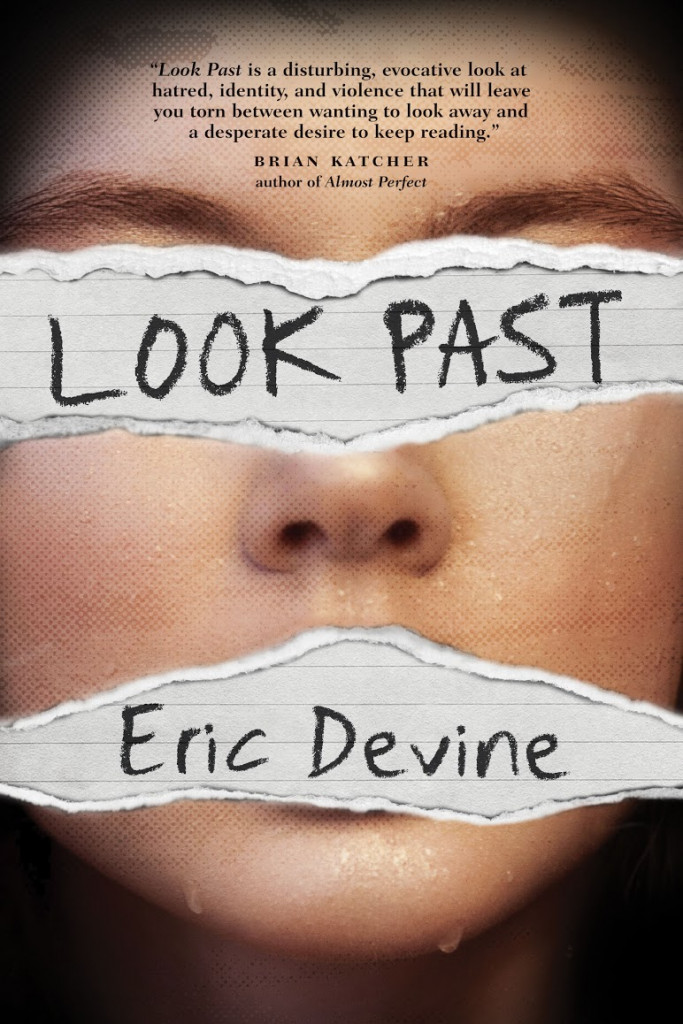
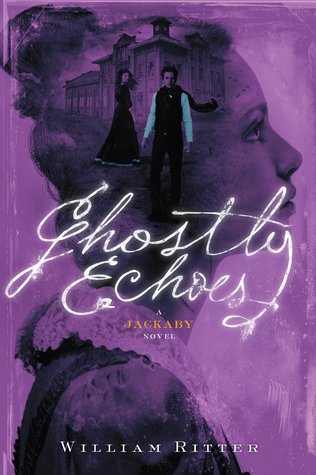
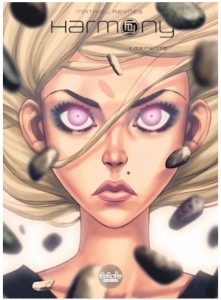
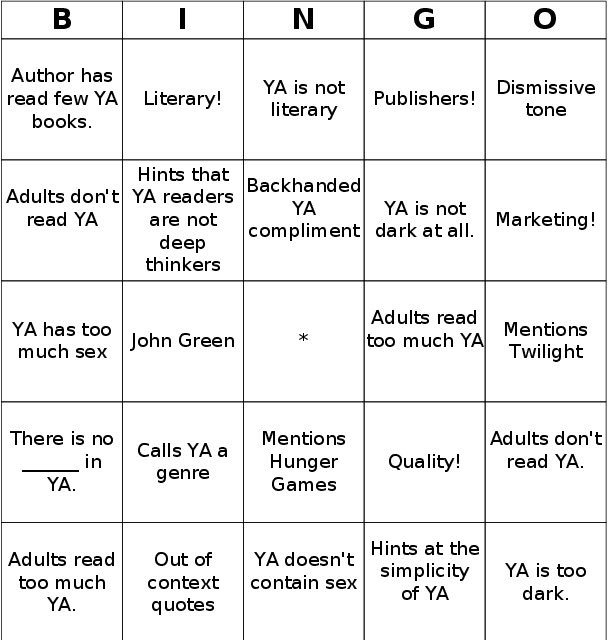
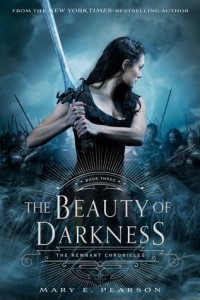 This week’s newsletter is sponsored by Mary E. Pearson’s
This week’s newsletter is sponsored by Mary E. Pearson’s 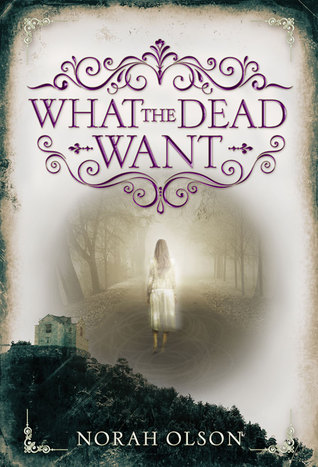
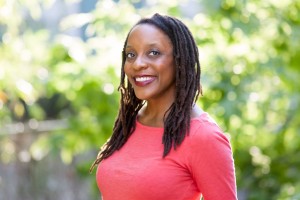 Welcome Brandy Colbert, acclaimed author of
Welcome Brandy Colbert, acclaimed author of 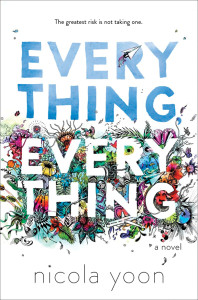 Regarding the lack of diversity within diversity, I do think things are getting better, if one book at a time. Nicola Yoon’s
Regarding the lack of diversity within diversity, I do think things are getting better, if one book at a time. Nicola Yoon’s 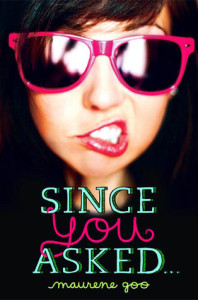
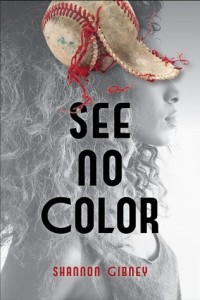 See No Color
See No Color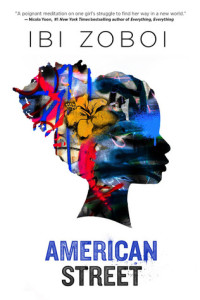
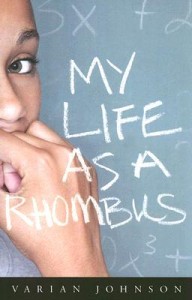 Kendra
Kendra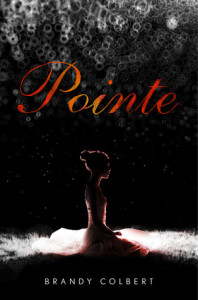 I’m lucky that my first novel,
I’m lucky that my first novel, 